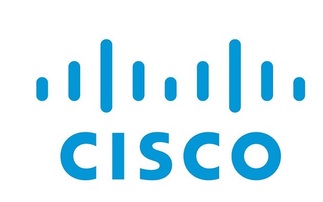Easynet Ethernet in the First Mile solution offers 24Mbit/s WAN links.
Corporate network provider Easynet last week launched a new Ethernet in the First Mile (EFM) access system aimed at pan-European enterprises. Called EtherStream, the new service will run over coppe...
To continue reading this article...
Join Computing
- Unlimited access to real-time news, analysis and opinion from the technology industry
- Receive important and breaking news in our daily newsletter
- Be the first to hear about our events and awards programmes
- Join live member only interviews with IT leaders at the ‘IT Lounge’; your chance to ask your burning tech questions and have them answered
- Access to the Computing Delta hub providing market intelligence and research
- Receive our members-only newsletter with exclusive opinion pieces from senior IT Leaders


















